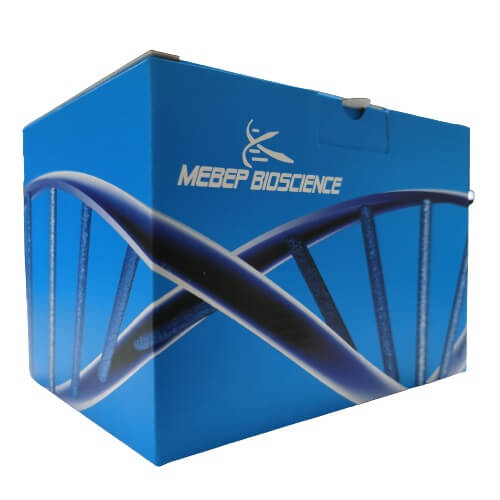
EndoFree Plasmid Mid Scale Mini Kit
2024-12-17
High Pure Plasmid Maxi Kit
2024-12-17Product Number: PLK1101
Shipping and Storage
- When used for the first time, add all RNase A carried by the kit to Buffer P1 (final concentration 100μg/ml) were stored at 4℃. If RNase A is inactivated in Buffer P1, the extracted plasmid may have trace RNA residue. Add RNase A to Buffer P1.
- When the ambient temperature is low, SDS in Buffer P2 may precipitate and appear turbid or precipitated. It can be heated in a 37℃ water bath for a few minutes to restore clarity. Do not shake violently to avoid excessive foam formation.
- Avoid volatilization, oxidation and pH change of reagents exposed to air for a long time, and close the cover of each solution in time after use.
Components
| Component | Storage | PLK1101 10 Preps |
| RNaseA(10mg/ml) | -20℃ | 750µl |
| Buffer P1 | 4℃ | 77 ml |
| Buffer P2 | RT | 77 ml |
| Buffer N3 | RT | 77 ml |
| Buffer WB | RT | 25 ml×2 |
| Buffer EB | RT | 20 ml |
| Adsorption column DC | RT | 10个 |
| Collection pipe (50ml) | RT | 10个 |
Description
This kit uses an improved SDS alkaline lysis method to lyse cells. The silicon matrix membrane in the centrifugal adsorption column selectively binds plasmid DNA in the solution under high salt and low pH conditions, and then removes impurities and other bacterial components through protein solution and Buffer WB. Finally, Buffer EB with low salt and high pH elutes pure plasmid DNA from the silicon matrix membrane.
Features
- The silicon matrix membranes in the centrifugal adsorption column are all specially made adsorption membranes imported from world-famous companies, with minimal difference in adsorption capacity between columns and good repeatability. It overcomes the disadvantage of unstable quality of domestic kit membrane.
- There is no need to use toxic phenol, chloroform and other reagents, nor ethanol precipitation. It is fast and convenient. 0.5-2mg of pure high copy plasmid DNA can be rapidly extracted from 150-300ml of Escherichia coli lb (Luria BERTANI) culture solution, and the extraction rate is more than 80%.
- The obtained plasmid has high yield, high proportion of supercoiles and good purity, and can be directly used in various molecular biology experiments such as enzyme digestion, transformation, PCR, in vitro transcription, sequencing, etc.



